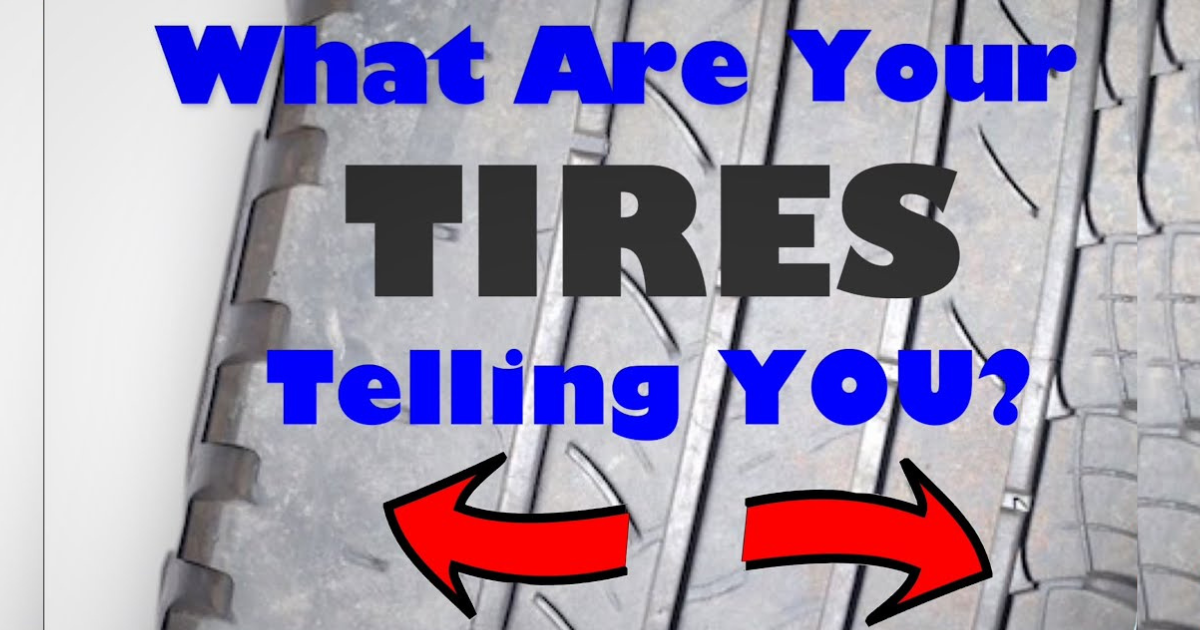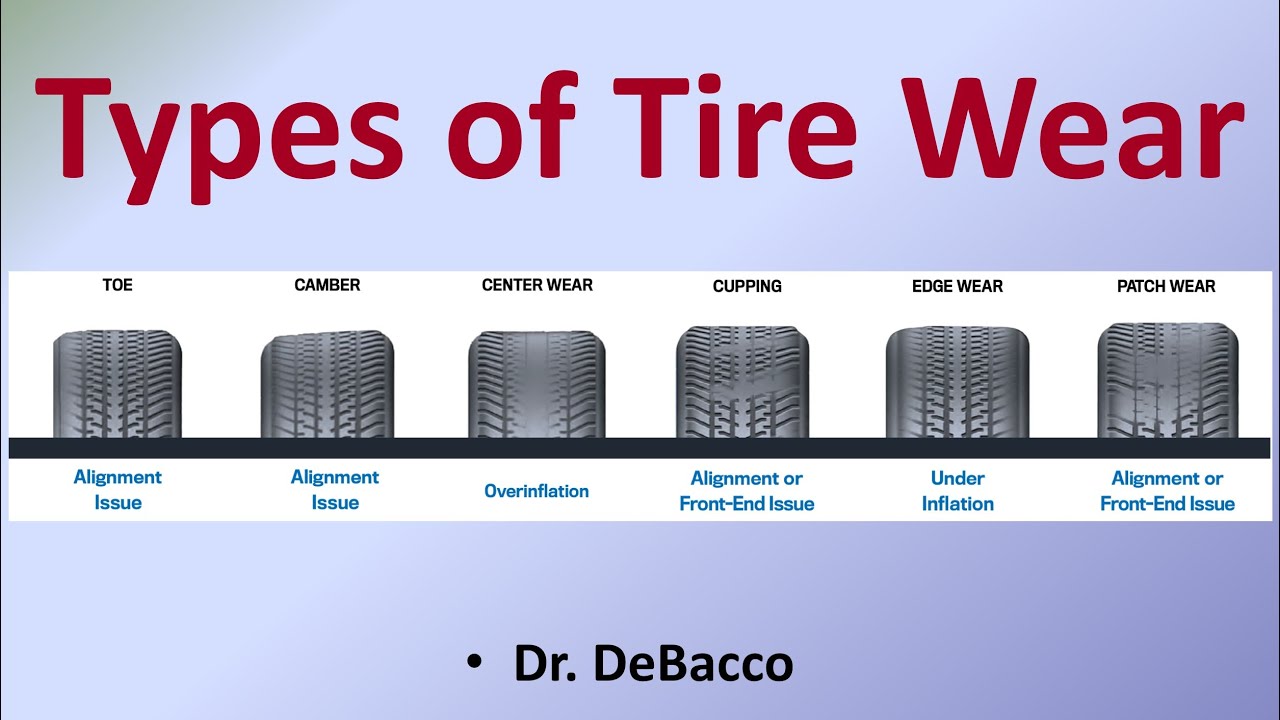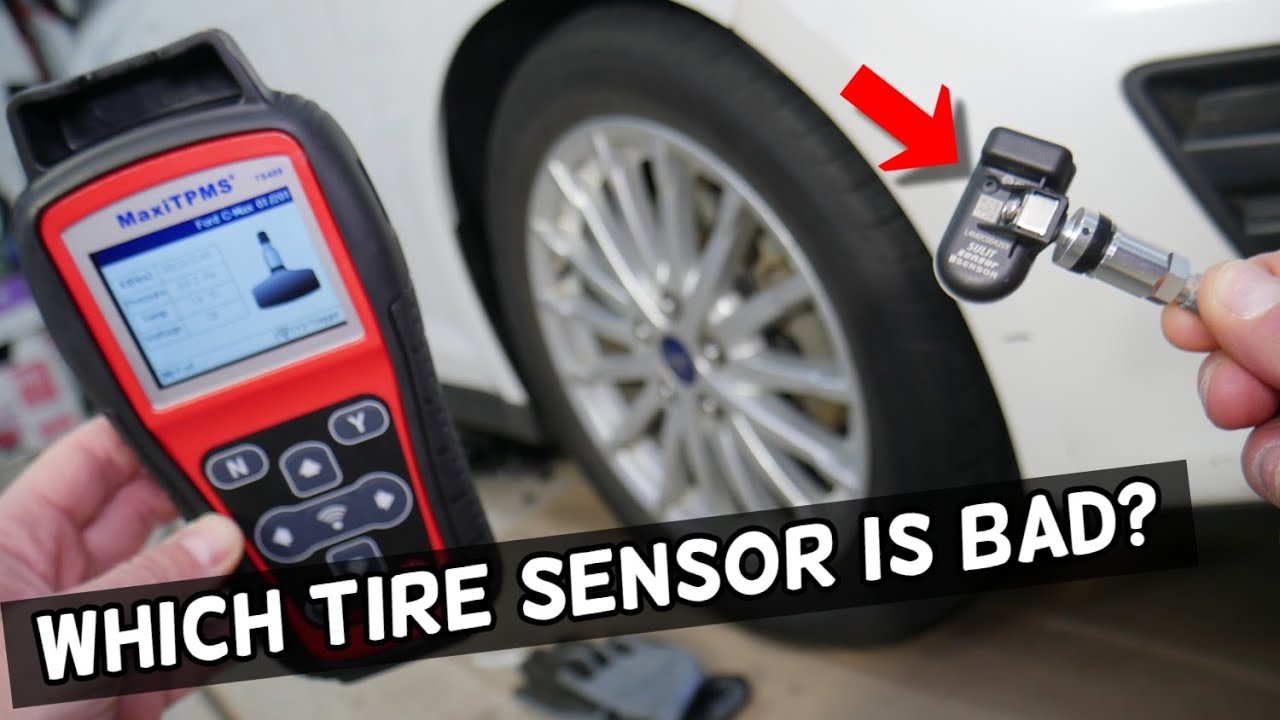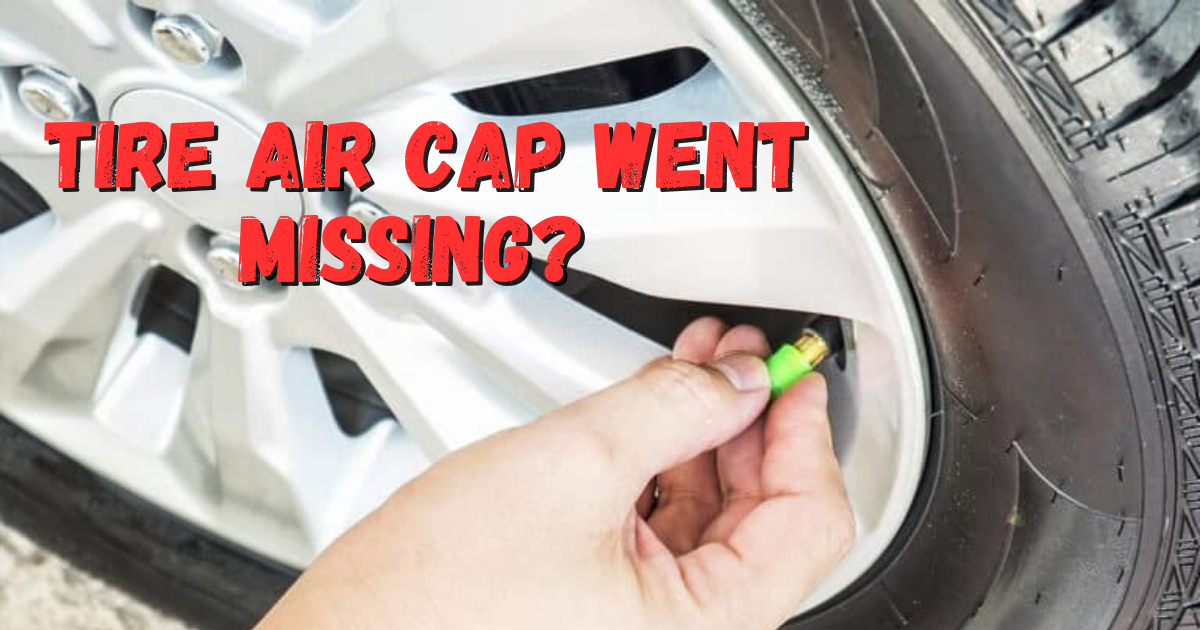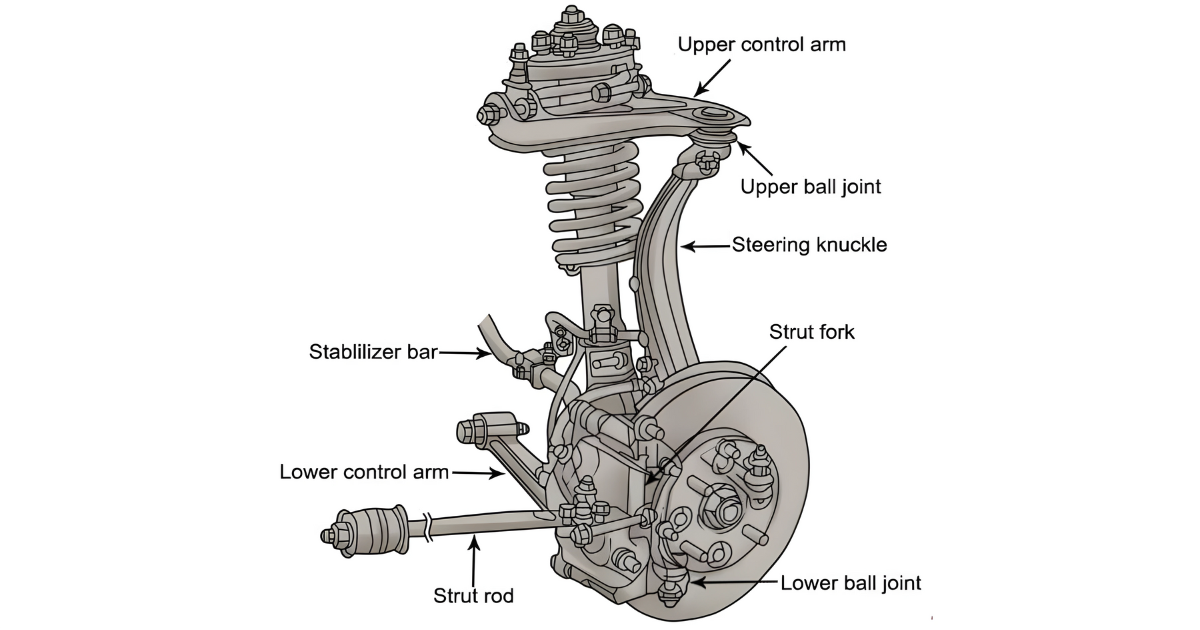You can tell a lot about the state of the suspension by looking at the tires of a car. If you keep an eye out for indicators of inner tire wear, you’ll be able to identify and address more serious problems.
Worst drivability difficulties include a shaky steering wheel and wheel wobbles caused by inner tire deterioration. Dangerous scenarios can also result from this. However, in order to avoid disaster, you must be aware of the causes of your tires’ internal wear.
This article will teach you how to identify and repair internal tire wear
What makes the inside of tires wear out?

There are a number of causes for internal tire wear. Root problems with the vehicle’s suspension or steering could be to blame. In order to stop uneven inner tire wear from getting worse, you need be aware of the following causes.
Damaged kneecaps
The most common reason for uneven tire wear is worn ball joints. Accelerated inner tire wear is likely caused by them as well.
The socket-and-ball design of a ball joint connects the control arms of a vehicle to the steering knuckles. To accomplish this without allowing too much play, car manufacturers create ball joints.
But it loses its elasticity and playability due to the ball joints’ overwork, friction, and everyday wear. If not replaced promptly, the play stretches too much or causes the tire to wobble.
Not right toe angle
The toe angle describes the relationship between two tires or the axis of a tire on a vehicle. To get a good view at this angle, stand on the tire’s front and look at its edges. How does toe-out and toe-in tyre wear work?
In a toe-in situation, the tires are turned inwards toward one another. In contrast, a toe-out occurs when the tires are turned away from each other.
Premature inner tire wear is a common problem with vehicle tires that have a high toe-out condition. What gives? The inner segment of each tire is significantly impacted by the pavement you travel on.
Issues with camber
Camber issues are a typical cause of tires wearing on the inside solely. It occurs when the tread wears away more quickly on the inner of the tire compared to the outer or center edge, which impacts the tire’s ability to remain straight when a vehicle’s weight is applied to it.
In order for the car to conform properly to the road, manufacturers built cambers. On the other hand, the tire angle might be either positive or negative if the alignment is not properly adjusted
Damaged tie rods
Uneven and inner tire wear can also be caused by worn tie rods.
Tire rods will wear out faster if you don’t inspect and lubricate them often. We all know that a tie rod attaches the steering wheel to the wheel of the car. If it fails, you’ll notice uneven wear on the inside of your tires, a shaky steering wheel, and a lack of stability on the road.
Broken shocks or struts
Will inner tire wear be caused by poor struts? Wear on the shock absorbers or struts is another possible cause of inner tire wear. The vehicle will bounce too much, particularly on bumpy roads, if the shock absorbers are faulty or have leaked.
Failure to address this promptly could result in significant harm to other parts of the suspension system. Tyres may develop either an outside or inner pattern tread as a result.\
Defective shock absorbers
The use of shock springs in vehicles allows for a smooth ride. When combined with shock absorption, it keeps your tires from bouncing too much over speed bumps and potholes. Shock springs are essential for vehicles to ensure a ride free of vibrations.
Nevertheless, shock springs wear out with time, just like the rest of the suspension components. The tire’s ability to conform to the road surface is impacted by this. Uneven wear on the tire’s outside or inside might also be caused by this.
Used bushings for control arms
A steering knuckle’s connection to the chassis is established by control bushings. The engineering team at the car company attached elastomer or rubber fittings to the control arm’s ends. To prevent or at least mitigate the effects of excessive vehicle play on the camber angle, these bushings are installed.
The control arms gradually wear down the bushings as they age and continue to function. The wheel’s camber angle adjustments are affected by the excessive movement made possible by the wear.
Misaligned Wheels
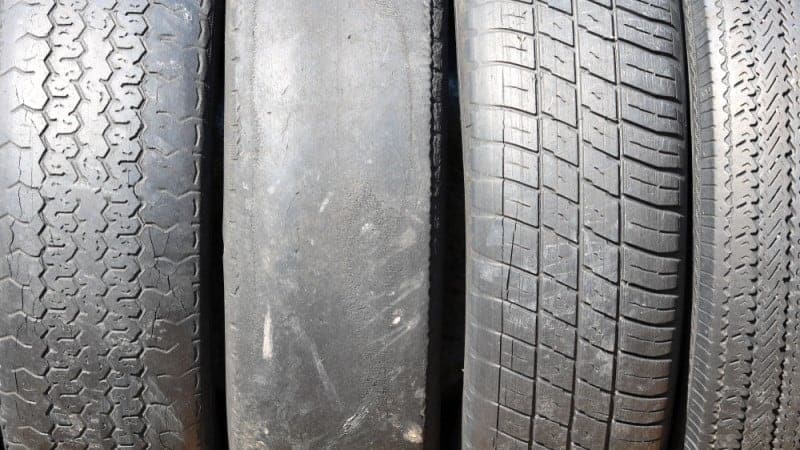
Uneven tire wear, inner and exterior tyre wear, and problems with the wheel hub bearings are just a few of the suspension components that can develop from improper wheel alignment. The question is, what exactly causes misaligned wheels?
Injuries from potholes might ruin your car’s wheel alignment. It could make your car pull to one side even when you’re traveling straight on the road.
How to Fix Tire Wear Inside?
mending inner tire wear entails identifying the source of the problem and either mending it or replacing it, as there are numerous potential culprits. So, to address inner tire wear, you can do one of these things:
- Replace or fix damaged suspension components.
- Getting wheel alignment
- Getting wheel balancing
- Keep tires properly inflated
Conclusion
So that you don’t freak out when you see interior tire wear, it’s crucial to know what causes it. This article is meant to accomplish that. This article has given you all the information you need to fix the problem and get to the bottom of who’s causing it.
Seek the assistance of a mechanic or refer to the instructions provided in this article if you notice internal wear on either the front or rear tires.

